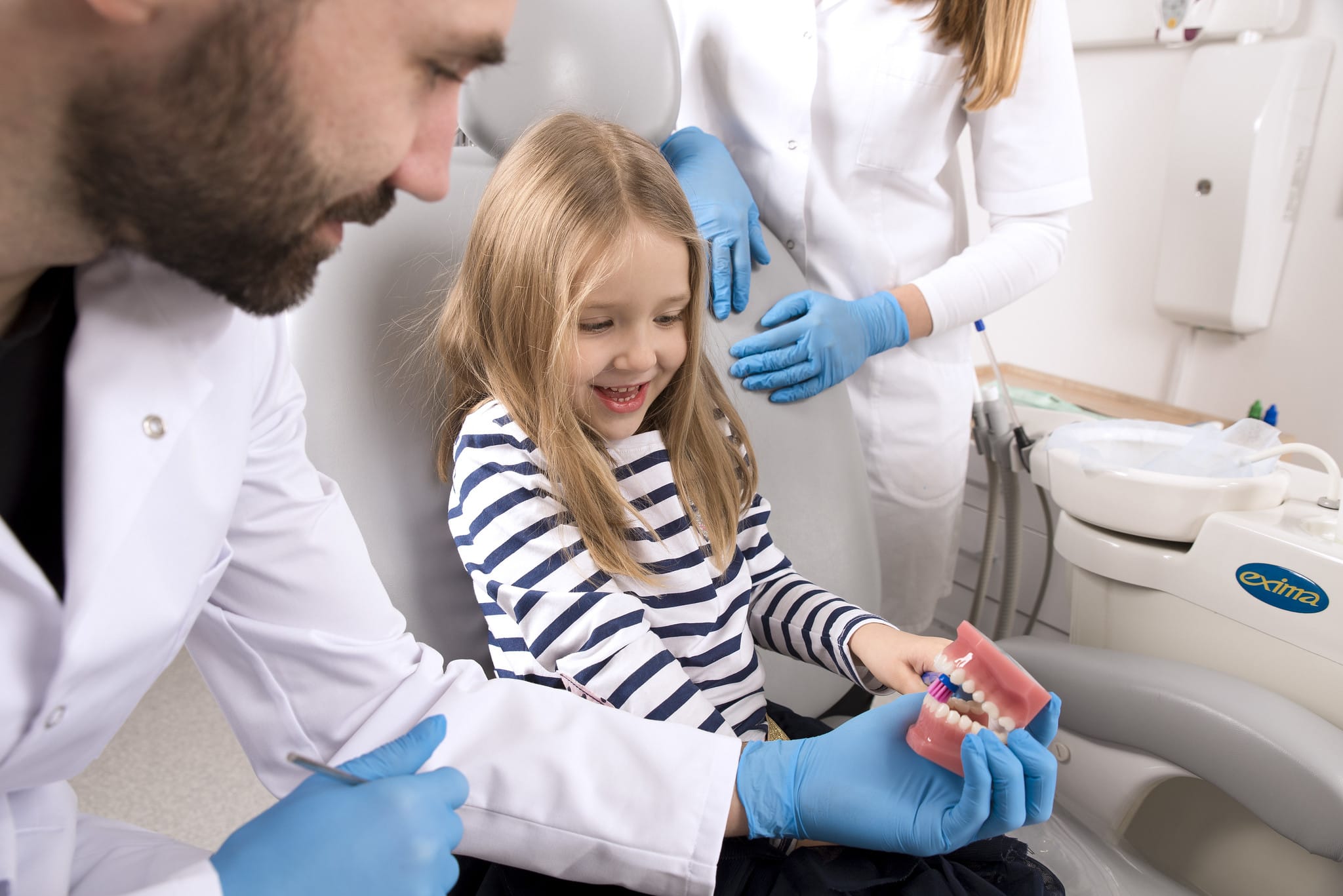There is a widespread belief among parents that there is no need to treat a child’s baby teeth, because over time they will still fall out and be replaced by permanent ones, which will need to be treated carefully. We decided to check whether this position is justified by scientific research.
Question, need to whether treat dairy teeth child, worries many parents. Answers they are looking for websites dental clinics and specialized forums. And if the doctors called the decision not to treat caries of primary teeth in children is a misconception and the main headache for pediatric dentists, then forums unambiguous positions No. In particular, commentators pay attention to “wild stress” and the likelihood of the child developing tics and stuttering as a result of visiting the dentist, as well as the fact that the baby tooth itself will fall out. Sometimes on such resources advise Give children calcium supplements instead of taking them to a specialist.
It’s worth mentioning right away that below we will talk about the treatment when the doctor notices the problem, but it does not cause any discomfort to the child. In cases where the baby himself complains of pain, parents, as a rule, do not think about the needlessness of treatment of baby teeth. However, in many situations, tooth decay occurs without discomfort or child can't describe them as toothaches, instead he refuses to eat or prefers to chew on only one side.
Baby teeth are the first set of teeth found in many mammals, including humans. IN normal A person has 20 milk teeth - a pair of central and lateral incisors, canines and two pairs of molars grow on each jaw. Between the ages of 6 and 12 years, baby teeth are replaced permanent, which is also popularly called indigenous. This name, in the logic of a non-specialist, seems to emphasize the difference: permanent teeth must have a root, unlike milk teeth. However, this is not true. Milk teeth also have roots, but as permanent teeth grow and develop underneath them, these roots dissolve. Therefore, when examining a fallen baby tooth, the roots are no longer visible, which can mislead people.
By structure Both baby and permanent teeth are similar: on top there is enamel - hard tissue that serves to protect the tooth; under it is a layer of dentin - also hard, but sensitive to chemical and thermal effects; Under the dentin lies the pulp - a soft and hypersensitive tissue, the blood vessels penetrating it provide nutrition to the tooth.
Caries first affects the enamel, then, if no action is taken, it successively affects dentin and pulp, ultimately causing pulpitis - inflammation of the internal tissues of the tooth. The first sign of pulpitis is a sharp and very severe pain; if it arises, the question of whether to treat or not to treat will not arise for sure. But at the stage of enamel damage or even infection penetration into the dentin of a baby tooth, parents may still have hopes that the tooth will soon fall out and the problem will solve itself.
And although a baby tooth affected by caries will indeed fall out sooner or later, treatment should not be delayed. Firstly, caries that affects only the enamel (experts call it initial caries) usually does not require either anesthesia during treatment or, often, drilling of the tooth. This type of caries, which looks like a white, chalky patch, is usually requires only restoration of the damaged layer, which can be done, having processed tooth with special remineralizing preparations and explaining to the child the rules of oral hygiene.
Secondly, the development of caries in children is usually is happening faster than in adults: baby teeth are more porous, more easily destroyed, and caries affects deeper layers. Caries is result the activity of special cariogenic bacteria, from one affected milk tooth they spread to neighboring ones, and complications of caries can affect the rudiments of molars. Due to untreated caries in primary teeth, permanent can grow up, for example, with a changed color of dentin affected by bacteria - popularly such teeth are called black. It will no longer be possible to solve this problem with whitening pastes and complexes at home - only a doctor can correct the color of dentin, and then only by a few shades, during long-term treatment. Among the more serious possible consequences is the appearance of permanent teeth without enamel.
The third reason why baby teeth must be treated in the early stages of the development of the carious process is is in that they serve as a kind of guides for the growth of constants. Decaying from bacterial infection and falling out or being removed due to untreatable damage, baby teeth form in the dentition there are voids uncharacteristic for the normal formation of the dentition. In the future this may bring to anomalies in the development of occlusion, crowded growth, reversal of teeth and other problems that can only be solved with the help of orthodontic treatment (this includes not only wearing braces or aligners, but also various operations). At the same time, removing an affected baby tooth without trying to treat caries would be a mistake - normally it should remain in its place until it is naturally replaced by a permanent one so that it grows correctly.
Losing baby teeth too early also is fraught problems with diction: to pronounce consonant sounds, the tongue must occupy a certain position - for example, resting the tip against the inner surface of the upper teeth. If there is no support completely or partially, violated and speech formation. After permanent teeth appear in place of the untimely lost baby teeth, a speech therapist may be required to restore the correct pronunciation of sounds.
Also, premature loss of some baby teeth or discomfort in them when chewing food Maybe lead to various nutrition problems. Insufficiently chewed food is less digestible, and the child does not receive enough nutrients.
Finally, do not forget about the aesthetic and psychological aspect. Dentists pay attentionthat even preschoolers appreciate the aesthetic component of a smile - being embarrassed about their teeth, a child can get psychological problems.
Thus, caries of baby teeth, even if it does not cause discomfort, must be treated as soon as possible. An infectious process in one child’s tooth easily spreads to others, including permanent ones that are in the developmental stage. Tooth decay leads to problems with the formation of an adult bite and proper articulation, and also interferes with the normal functioning of the gastrointestinal tract. And although Chinese scientists have already tried it out an effective vaccine against caries in animals; it is not worth expecting it to appear in every dental clinic in the near future, therefore maximum attention should be paid to the correct hygiene and regularly attend preventive examinations.
Cover image: Flickr - Free Dental Photos
Read on the topic:
If you find a spelling or grammatical error, please let us know by highlighting the error text and clicking Ctrl+Enter.






